The Amazing Fate of the Beautiful Fawzia Fuad, the Last Princess of Egypt 
Official photo of Queen Fawzia of Iran. 1945 (taken shortly before leaving for Cairo)
She was called a gift girl, a blue-eyed Venus, an oriental pearl. Fawzia Fuad went down in history as the last princess of Egypt who renounced her royal title of her own free will. In her veins flowed the blood of aristocratic French, graceful Circassians, freedom-loving Albanians.
It seemed that the princess had inherited from her ancestors the best qualities to live in luxury and prosperity. She lived a long and not always happy life. She had to make difficult decisions, show courage and perseverance in order to find simple female happiness. Childhood and youth The first child of the Sultan of Egypt and Sudan Fuad I was born on November 5, 1921 in the palace of Ras el-Tin (Alexandria). It was a girl who was named Fawzia bin Fuad. In translation, her name means "victorious". The daughter of King Fuad and Queen Nazli is supposed to be addressed only as "Sultan's Highness". She was destined for a future worthy of the princess of Egypt. By the age of 17, Fawzia blossomed. Those around her noted the unusual beauty of the princess. Her jet-black hair emphasized her white skin. Her piercing blue eyes stood out on her delicate face. She had an innate grace, a thin waist, and a chiseled figure.
A court writer described Princess Fawzia in these words: "The infinitely trusting and romantic "gift girl" lived surrounded by endless nannies, aunts, and courtiers who did their utmost to protect her from the hardships of the outside world." The princess received an excellent education at a Swiss educational institution, and spoke fluent French and English. She was close to the traditions of European culture.
Fawzia grew up in the blessed time of the "Eastern Thaw," when leading Muslim countries chose a pro-European path of development. Women were almost equal in rights with men, could not wear a hijab, get an education, and get a job. After completing her studies, the girl returned to her homeland. She became a prisoner not only of the royal title and numerous regulations that inevitably accompany the daily life of rulers, but also of Islam. During her rare walks, she was accompanied by a crowd of servants and ladies-in-waiting. Being a royal person, she could not enjoy the joys of life that were available to her peers.
Marriage as a New Cage The ruling courts of Egypt and Iran easily came to an agreement on the marriage of children. Fawzia Fuad only once had a chance to see her future husband before the wedding. According to rumors, Mohammed Reza decided on his future wife as soon as he saw a photo of the Egyptian princess. The magnificent wedding celebration took place in March 1939. The world admired the beauty of the 18-year-old bride and 20-year-old groom. Fawzia was compared to the famous movie stars of that time - Vivien Leigh and Heidi Lamarr.
A year later, the first child was born in the young family - a daughter. The newborn princess was named Shahnaz. The husband dreamed of an heir. But the stumbling block was not the birth of a girl. The couple was young and healthy, could have had more than one child, including a crown prince. Rumors of her husband's "pranks" reached Fawzia Fuad, and the fragile relationship began to crack. In addition, the Egyptian princess, who received the title of shahdokkht (princess) of Iran upon her marriage, felt rejected by the ruling court. Her husband's father, Reza Pahlavi, was of ignoble origin. He came to power as a result of a military coup. Although the ruling king strove for a secular life, his despotic nature made itself felt.
In her husband's family, Fawzia Fuad fell under the constant control of her wayward father-in-law. She was not allowed to take her favorite things from Egypt. King Reza Pahlavi ordered that the bride's goods be sent back. The princess was given to understand at every step that she had begun a new life. Contacts with her relatives were also prohibited. Without wanting it, the princess of Egypt and Iran found herself in a golden cage. Women's happiness in exchange for a crown Soon, Mohammed Reza Pahlavi came to power, receiving the title of King of Iran. Having received the status of the wife of the ruler of a powerful Asian state, Fawzia did not feel happier. Her husband's relatives, like him, continued to put pressure. Climate change turned into malaria, and her husband's infidelity - depression.
The queen consulted an American psychiatrist who practiced in Baghdad. Being a fan of European culture, Fawzia found Tehran a boring, backward city and yearned for cosmopolitan Cairo. Although she was fluent in two European languages, she could not master Farsi and was forced to communicate with her husband in French.
Life magazine photographer Cecil Beaton attended the coronation of Mohammad Reza Pahlavi. The exotic beauty of the Iranian queen delighted him. The journalist called her "the Asian Venus." In response, Fawzia took part in a special photo shoot for the magazine. Her face became the decoration of the September 1942 issue of Life. The whole world started talking about the beauty of the queen. In general, in the photographs of that period of her life, Fawzia hardly smiles, she looks sad and depressed.
The queen took part in the social and political life of Iran. As a colonel, she commanded the 2nd Princess Fawzia Cavalry Regiment, and headed the APPWC association, whose activities were dedicated to the protection of pregnant women and children.
In an effort to find personal happiness, she made a bold decision - to return to Cairo. The fugitive clearly understood the ambiguity of her actions. She could become an outcast, lose all her titles and posts. The immutable laws of the Muslim world make high demands on women. Fawzia took a great risk when she went to Egypt in 1945. The Egyptian princess went down in history as the first Muslim woman to demand an end to her marriage.
The price of freedom was very high. She had to leave her daughter to be raised by her husband. Mohammed Reza did not recognize the divorce for three years. The ruling courts agreed to consider the official reason as the wife's inability to give birth to a son due to the unfavorable climate change for her health. Fawzia was deprived of the titles and privileges that she had been granted in Iran. She again became the princess of Egypt.
Second marriage and political storms Four years after the divorce, Fawzia Fuad remarried. This time her chosen one was Colonel Ismail Shirin. The marriage turned out to be successful. The Egyptian princess experienced the joys of motherhood to the fullest, having given birth to a son and a daughter. The family lived in Fawzia's estate in Cairo and in a villa in Alexandria.
In 1954, a coup took place in Egypt, as a result of which power fell into the hands of the cruel, tyrannical Lieutenant Colonel Gamal Abdel Nasser. The overthrown ruler Farouk, who was Fawzia's younger brother, had to flee the country. The princess and her husband, although they feared for their lives, remained in their homeland. Fortunately, everything worked out, the lieutenant colonel did not touch them.
The next ruler of Egypt, Anwar Sadat, held loyal political views. He invited the last Egyptian princess to a meeting. During a social conversation, Fawzia emphasized that she had lost the crown twice. Speaking about the past, the elegant and beautiful woman smiled. Summing up The last princess of Egypt lived 91 years. She outlived her youngest daughter and husband. Despite the loss of royal titles and privileges, she remained a princess to her people until her last day.
She was buried on July 3, 2013 in Cairo, next to her second husband. The Egyptian city of Fawzibad, streets in Cairo and Maadi are named after the princess. 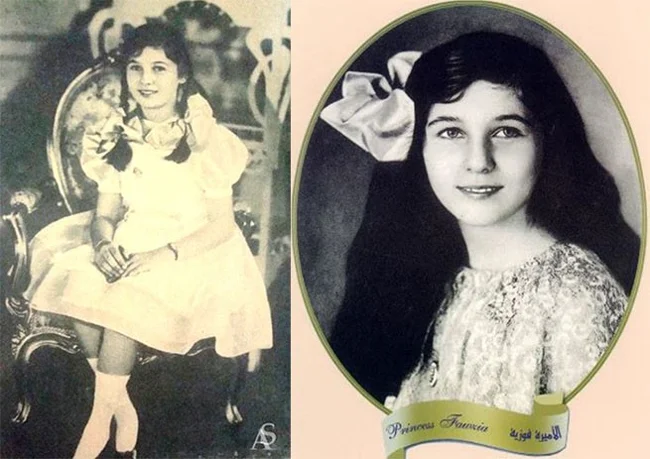
Fawzia in childhood 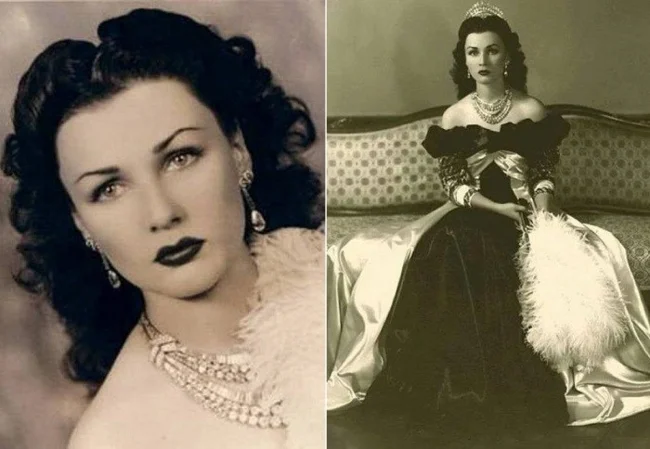
[thumb]https://cn22.nevsedoma.com.ua/p/28/2805/132_files/8b799353f2cafcad55328caa601699ee. webp[/thumb]
[thumb]https://cn22.nevsedoma.com.ua/p/28/2805/132_files/879094cd073cef8ce34518460 4180eb4.webp[/thumb] 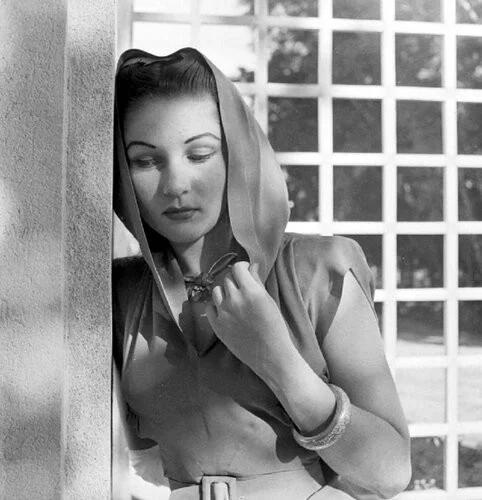
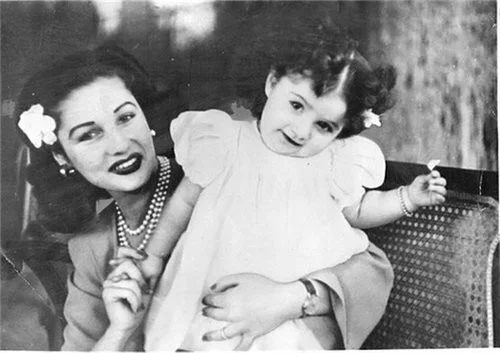
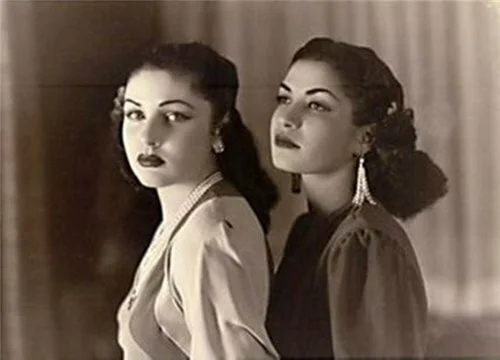
Queen Fawzia of Iran and her sister Princess Ashraf Pahlavi 
A medallion in honor of the marriage of the Crown Prince of Iran Mohammad Reza Shah Pahlavi and Princess Fawzia bint Fuad of Egypt 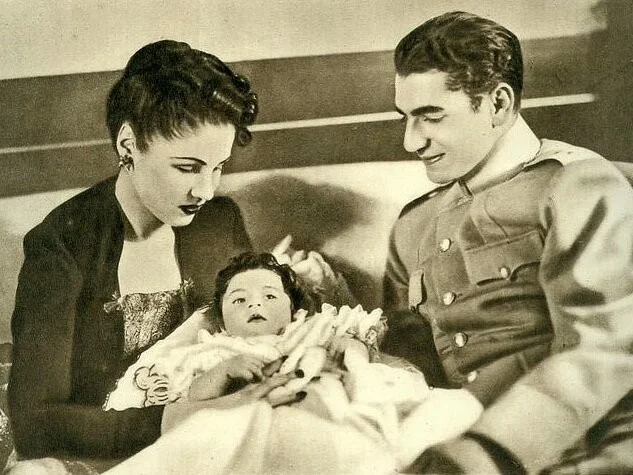
The Shah of Iran with his first wife Queen Fawzia bint Fuad and his eldest daughter Princess Shahnaz 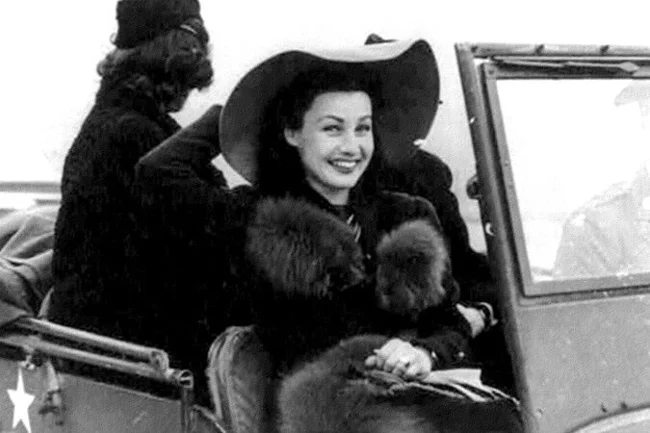
In an American military jeep during an inspection tour. Tehran, March 1, 1944 
Princess Fawzia with her second husband Ismail Shirin 
Portrait of Princess Fawzia Egyptian by Lambro Vasiliadis 
One of the last photos - Fawzia with his son-in-law Ardeshir Zahedi. Switzerland. 2005
Add your comment
You might be interested in:





















